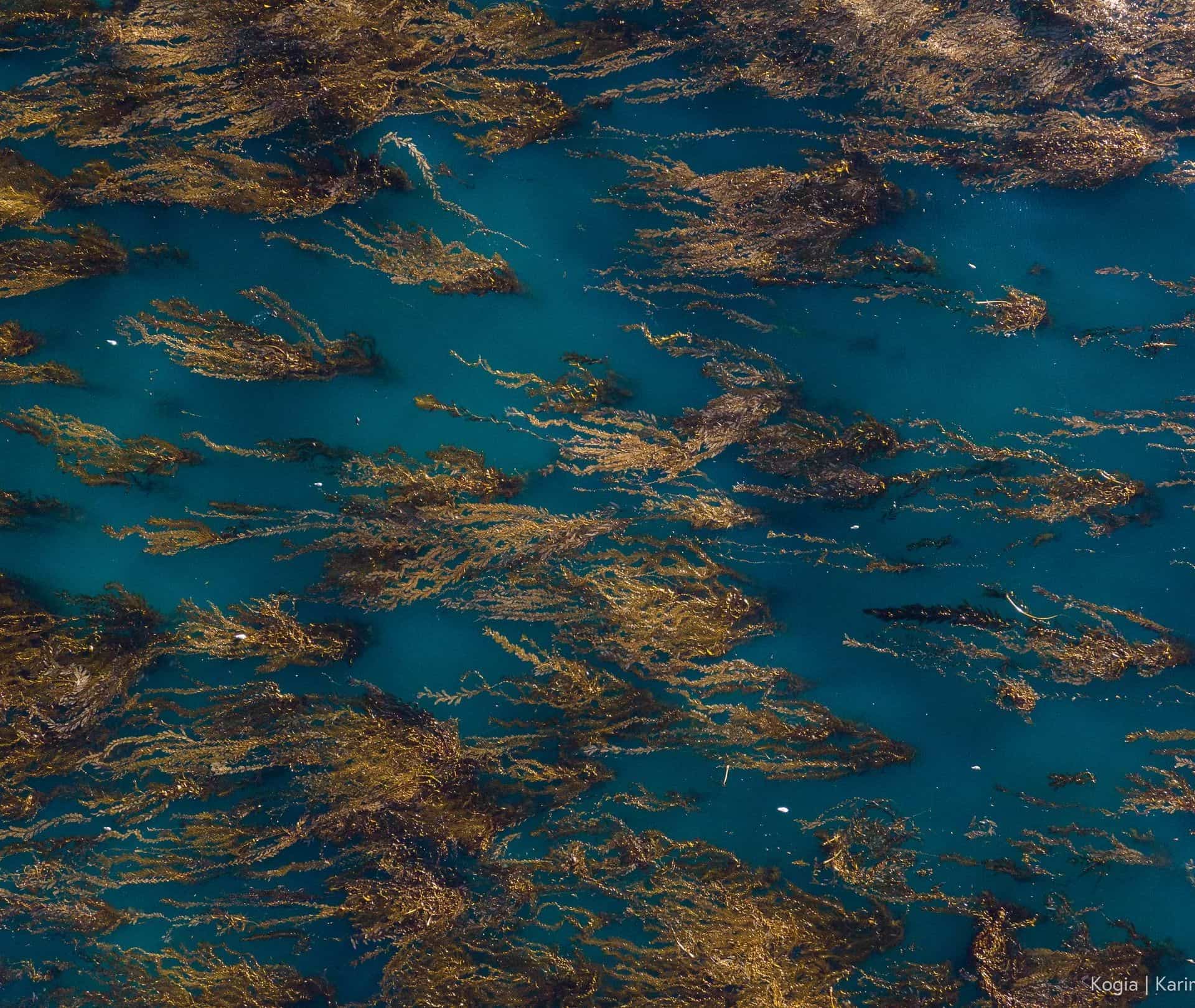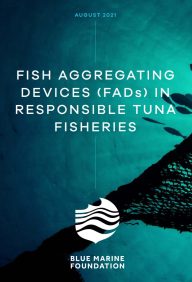The use of FADs, especially dFADs, has increased rapidly in the last three decades. It is estimated that well over a hundred thousand dFADs are deployed in purse seine tuna fisheries around the world each year. These dFADs generally consist of a floating raft, submerged materials that can extend to depths of 100 metres, and a satellite buoy that allows fishing vessels to monitor the FAD from afar. These days, many dFADs are tracked by satellites, allowing the fishing vessels that deploy them to return at a later date to retrieve their FADs and gather the fish that have accumulated beneath them. However, the use of FADs is controversial. There are legal uncertainties surrounding liability for dFADs, especially if they drift into restricted waters or damage ecosystems. The use of dFADs is coming under increasing scrutiny for its effects on ecosystems, including high levels of bycatch of endangered and protected marine species, the harvesting of large volumes of juvenile fish, and the contribution to ocean pollution and the associated threats to sensitive coastal habitats. There are also issues surrounding transparency, and how to track and certify the use of dFADs in a responsible manner. This leads to implications for how markets respond to catches from FAD or FAD-free fisheries. This report details the main points of an online symposium, hosted by the Blue Marine Foundation, that took place on 6 May 2021 and featured presentations from 14 expert speakers. Speakers outlined the issues and challenges surrounding FADs in tuna fisheries, as well as possible solutions for the future.


Navigating Change: The role of Climate-Smart MPAs in achieving 30x30
Learn more about climate-smart marine protected areas (MPAs) and how they can help safeguard ocean ecosystems while advancing global climate and biodiversity goals.
24 April 2025








